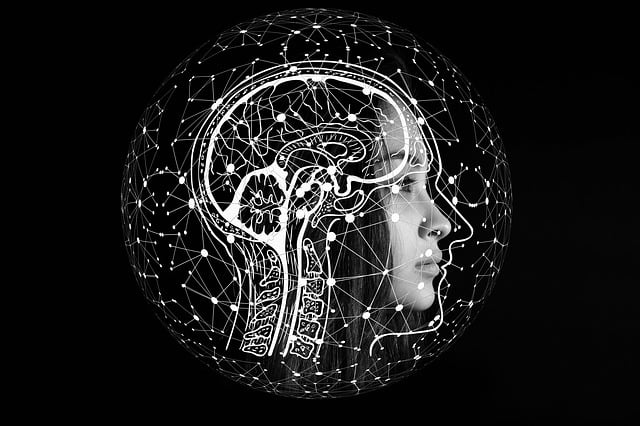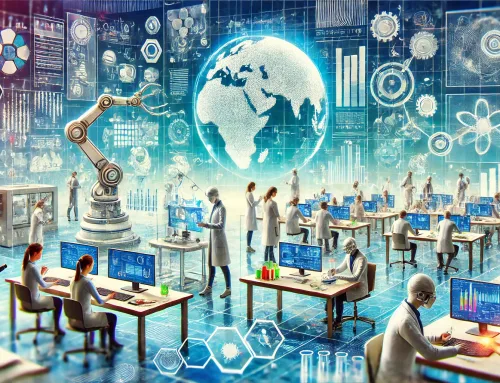April 21, 2023
As generative AI tools like ChatGPT have become more sophisticated and accessible, some workers are starting to feel anxious about their futures and whether their skills will be relevant to the labour market in years to come. In March 2022, Goldman Sachs published a report showing that AI could replace the equivalent of 300 million full-time jobs. Last year, PwC’s annual global workforce survey showed that almost a third of respondents said they were worried about the prospect of their role being replaced by technology in three years. Career coaches and HR experts are saying that although some anxiety might be justified, employees need to focus on what they can control. Instead of panicking about possibly losing their jobs to machines, they should invest in learning how to work alongside technology. If they treat it as a resource and not a threat, they’ll make themselves more valuable to potential employers – and feel less anxious.
For some people, generative AI tools feel as if they’ve come on fast and furious. OpenAI’s ChatGPT broke out seemingly overnight, and the “AI arms race” is ramping up more every day, creating continuing uncertainty for workers.
Carolyn Montrose, a career coach and lecturer at Columbia University in New York, acknowledges that the pace of technological innovation and change can be scary. “It is normal to feel anxiety about the impact of AI because its evolution is fluid, and there are many unknown application factors,” she says.
But as unnerving as the new technology is, she also says workers don’t necessarily have to feel existential dread. People have the power to make their own decisions about how much they worry: they can either “choose to feel anxious about AI, or empowered to learn about it and use it to their advantage”.
PwC’s Scott Likens, who specializes in understanding issues around trust and technology, echoes this. “Technology advancements have shown us that, yes, technology has the potential to automate or streamline work processes. However, with the right set of skills, individuals are often able to progress alongside these advancements,” he says. “In order to feel less anxious about the rapid adoption of AI, employees must lean into the technology. Education and training [are] key for employees to learn about AI and what it can do for their particular role as well as help them develop new skills. Instead of shying away from AI, employees should plan to embrace and educate.”
It may also be helpful to remember that, according to Likens, “this isn’t the first time we have encountered industry disruptions – from automation and manufacturing to e-commerce and retail – we have found ways to adapt”. Indeed, the introduction of new technology has often been unnerving for some people, but Montrose explains that plenty of good has come from past new developments: she says technological change has always been a key ingredient for society’s advancement.
Regardless of how people respond to AI technology, adds Montrose, it’s here to stay. And it can be a lot more helpful to remain positive and look forward. “If people feel anxious instead of acting to improve their skills, that will hurt them more than the AI itself,” she says.
Although experts say some level of anxiety is justified, it may not be time to hit the panic button yet. Some research has recently shown fears of robots taking over human jobs might be overblown.
Source: BBC – By Josie Cox
Legal Notice: The information in this article is intended for information purposes only. It is not intended for professional information purposes specific to a person or an institution. Every institution has different requirements because of its own circumstances even though they bear a resemblance to each other. Consequently, it is your interest to consult on an expert before taking a decision based on information stated in this article and putting into practice. Neither Karen Audit nor related person or institutions are not responsible for any damages or losses that might occur in consequence of the use of the information in this article by private or formal, real or legal person and institutions.






